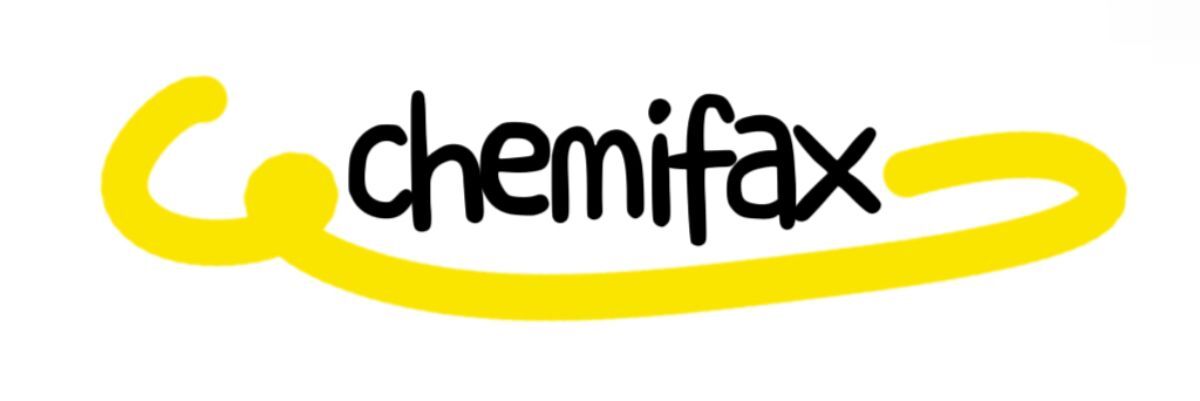Unlocking High Purity 1,3-Dimethylurea: Benefits & Uses
Understanding 1,3-Dimethylurea
1,3-Dimethylurea (DMU) is an organic compound that belongs to the class of ureas. It is characterized by its high solubility in water and varied applications in numerous fields such as pharmaceuticals, agriculture, and industrial processes. With the increasing demand for high purity chemicals, the synthesis of high purity DMU has gained significant attention. High purity DMU is produced through advanced synthetic methods ensuring minimal impurities, which are crucial for achieving optimal performance in its applications. The purity levels significantly influence the efficacy and stability of the substances and formulations in which DMU is used.Benefits of High Purity 1,3-Dimethylurea
High purity 1,3-Dimethylurea offers several critical benefits, making it a sought-after compound across various industries. One of the primary advantages is its integrity in chemical formulations. High purity ensures that the compound performs as expected without interference from impurities that could alter its properties.Additionally, DMU has a favorable toxicity profile, making it a safe choice for many applications. In pharmaceuticals, high purity DMU is used as an intermediate in the synthesis of drugs, thereby ensuring the final products are safe for consumption. The agricultural sector benefits from DMU's role as a nitrogen source in fertilizers, which supports plant growth while minimizing environmental impact.Applications of High Purity 1,3-Dimethylurea
1,3-Dimethylurea is widely utilized in the pharmaceutical industry, extensively involved in drug synthesis and development. Its role as an intermediate in the formulation of anti-cancer drugs and other therapeutics highlights its significance. With the need for high purity in pharmaceutical applications, the demand for high purity DMU continues to rise.In agriculture, DMU is instrumental in developing slow-release fertilizers. This characteristic allows for the gradual delivery of nitrogen, optimizing nutrient absorption by plants and reducing the risk of leaching. Such slow-release mechanisms result in improved crop yield and an environmentally sustainable solution in farming.Moreover, high purity DMU is also employed in laboratory settings as a reagent and standard in various analytical methods. Its reliable performance and precise chemical properties make DMU an essential tool for chemists.Challenges in Synthesis
Despite its numerous benefits, synthesizing high purity 1,3-Dimethylurea can present challenges. Achieving the desired purity levels requires sophisticated techniques and strict process controls. Methods such as recrystallization and distillation are commonly utilized, but they demand meticulous attention to detail to prevent contamination.Furthermore, the economic aspect of producing high purity DMU cannot be overlooked. The costs involved in ensuring high purity can be significant, especially when considering the equipment and materials needed. Thus, balancing cost-effectiveness with the desired purity level is an ongoing challenge for manufacturers.The Future of 1,3-Dimethylurea
The future of high purity 1,3-Dimethylurea appears promising, driven by ongoing research and advancements in synthesis techniques. Industries are continuously searching for cost-effective methods to produce high purity chemicals, which will likely enhance the market availability of DMU.As awareness of environmental sustainability increases, the role of high purity DMU in creating eco-friendly agricultural products is expected to expand. Additionally, developments in pharmaceuticals may unveil new applications for DMU, paving the way for innovative therapeutic agents.In conclusion, high purity 1,3-Dimethylurea is an invaluable compound with diverse applications across industries. As synthesis methods continue to improve and demand increases, understanding its benefits and challenges will be crucial for leveraging its potential effectively. For further inquiries about high purity 1,3-Dimethylurea and how it can benefit your applications, please feel free to contact us.If you are looking for more details, kindly visit high purity 1,3-dimethylurea, 1,3-dimethylurea, cas:6642-31-5 raw materials.
91
0
0
Share:

Comments
All Comments (0)